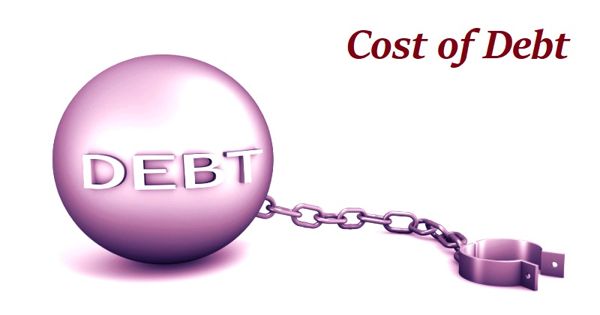The cost of debt generally refers to the effective paid by a company on its debts. The cost of debt is the effective interest rate a company pays on its debts. It is the overall average rate an organization pays on all its obligations. It is the rate a company pays on its debt, such as bonds and loans. It measure is helpful in understanding the overall rate being paid by a company to use these types of debt financing.
Important Features of Cost of Debt
The cost of debt is one part of a company’s capital structure, which also includes the cost of equity. Before computing the cost of debt, it is essential to understand the essential features of debt which are as follows:
(1) Face Value/Par Value (FV)
The value mentioned in the debenture certificate is known as par value or face value of the debenture. The debenture can be issued at any price, however, the amount of interest is calculated on the basis of face value. In brief, the principal per debenture is called face value or par value. These typically consist of bonds and bank loans. “Cost of debt” usually appears as an annual percentage.
(2) Coupon Rate (R)
The interest rate stated in the debenture certificate is known as the coupon rate. If the firm has bonds outstanding, and the bonds are traded, the yield to maturity on a long-term, straight (no special features) bond can be used as the interest rate. The coupon rate is the simple interest rate and the amount of interest is determined on the basis of the coupon rate, not on the basis of the prevailing market interest rate.
(3) Maturity Period (M)
The time period of the loan or life of the debenture is known as the maturity period of the debt. The cost of debt has to be estimated in the same currency as the cost of equity and the cash flows in the valuation.
(4) Call Provision
A call provision is a clause stated in the debt contract under which the company can refund the amount of debt before the maturity period. The time at which the amount is refunded is called call period and the amount refunded is called call price.
(5) Net Proceed (NP)
The amount received by the company issuing a debenture after deducting all issuing expenses (except interest) is called net proceeds. Net proceeds are computed on the basis of the following factors:
i. Face value of the debenture (total or per debenture)
ii. Discount or premium on issue
iii. Issuing cost or flotation cost
On the basis of the above information, the net proceeds can be computed as follows:
Net proceed (NP) = Gross selling price – Flotation cost = Face value + Premium (or – discount) – Flotation cost
















